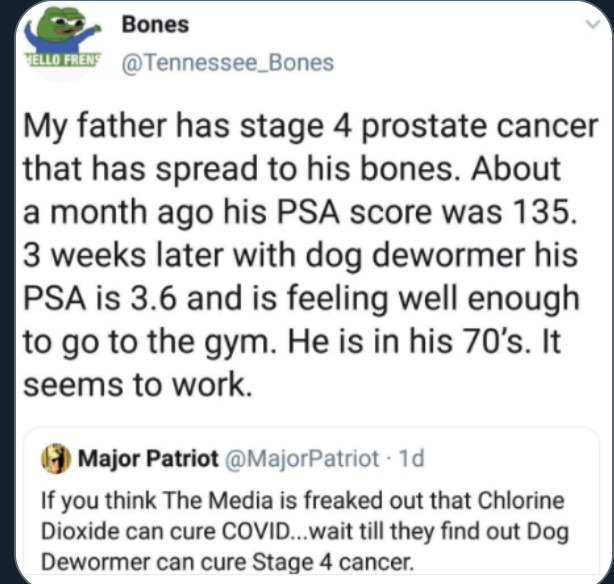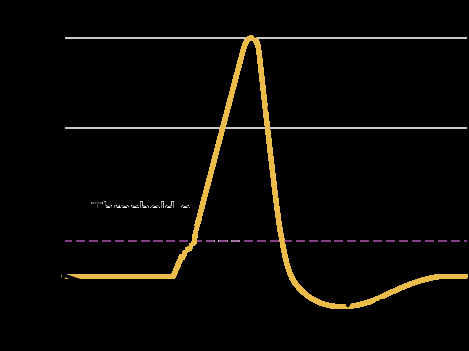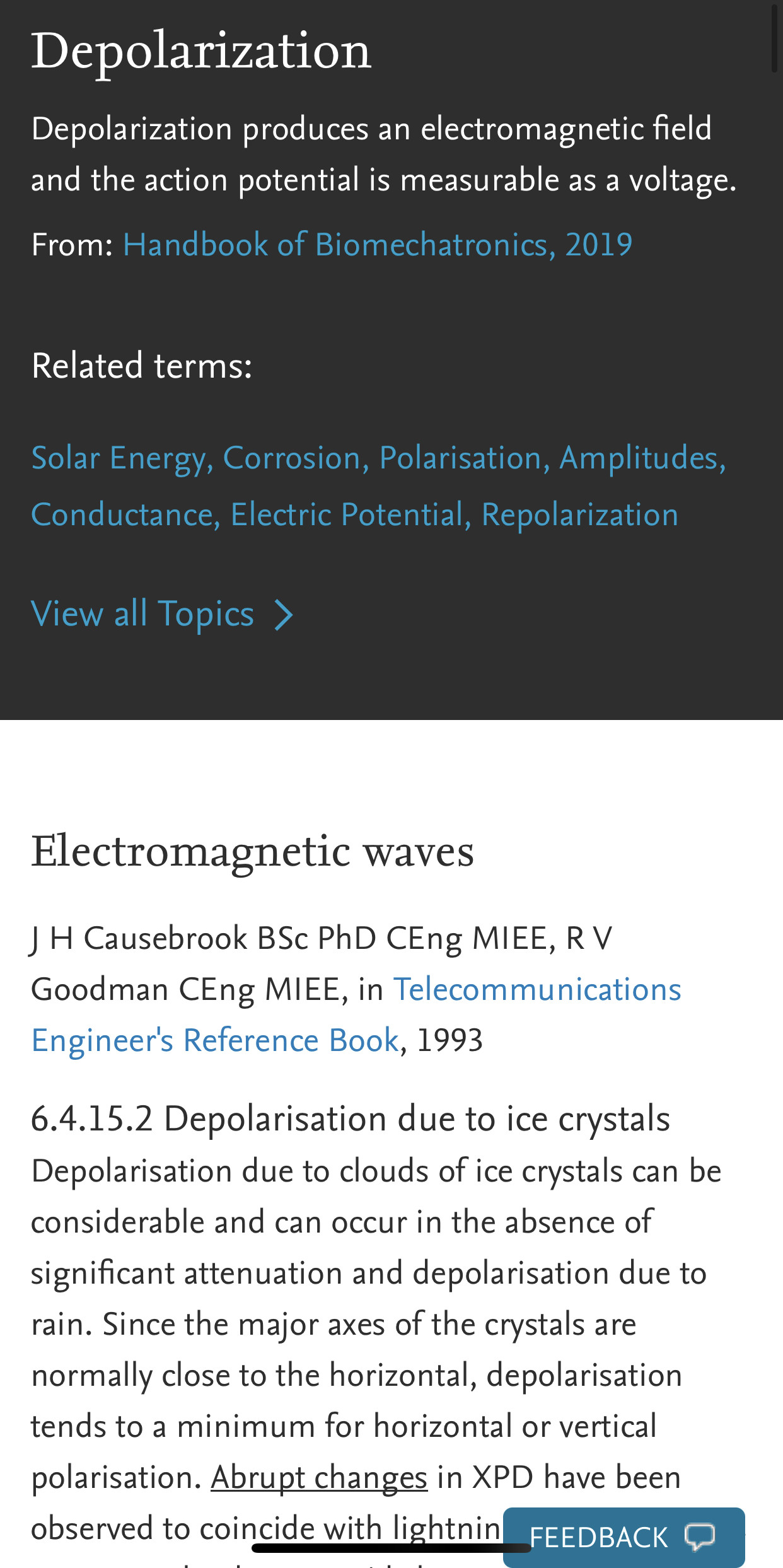Nanoparticles that are used in vaccines transfer electrons using resonance energy transfer that produces free radicals that creates an imbalance to antioxidants causing oxidative stress ultimately leading to the cause of cancer.
Blunt to the point of abrasive..I shoot from the hip.. AM directed by the heart .. tempered by the 🧠
fenbendiazole... there is a clinical trial for giablastima by john hopkins thst is looking very good.. its about the stucture of the INNERWALLS OF CELLS.. they didnt know cells have innerwalls.. I was in human consumtion form for paradites under the name of “ Vermox” gave to my kids 4 worms ...I take it every 6 months as a preventative( im over 65) Mac ... u dhould check into the workings of that in cells .. id be hapoy to follow it
Hyperpolarization is when the membrane potential becomes more negative at a particular spot on the neuron's membrane, while depolarization is when the membrane potential becomes less negative (more positive). ... The opening of channels that let positive ions flow into the cell can cause depolarization.
At very low photon energies most metals have a very large and negative dielectric function. For the response of a metal nanoparticle to an external field in this limit, this means that the particular choice of metal does not matter and the localized surface plasmon energy mainly depends on the shape and size of the particle. Here, we present a theoretical framework to describe this situation and unearth the interplay between the depolarization factor of the problem at hand and the dielectric function of the particle. Available experimental results compare favorably with our theoretical framework.



